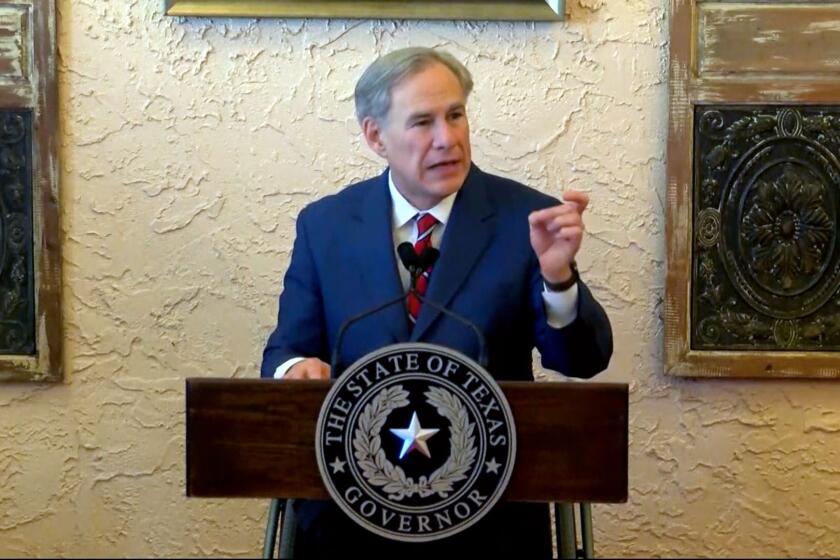Donald Trump’s inartful health care deal: What now?
The ill-fated American Health Care Act, quickly, clumsily and disjointedly drafted by House Speaker Paul Ryan and President Donald Trump, got what it deserved Friday, being shelved without even a vote despite or maybe because of Trump’s desperate deal-making and inartful ultimatums. The bill was prepared with the misguided notion of giving the president an early win instead of vastly improving health care.
Conservatives hated it for a lack of the reforms that are crucial to creating competition in health care and creating free-market pressure to contain costs. Liberals hated it for denying health coverage to millions of people insured under the Affordable Care Act, the 2010 law that passed without a Republican vote when Barack Obama was president and Democrats controlled Congress. As many pundits observed, the new bill was a cold-hearted spending cut masquerading as health reform. Good riddance.
But sooner or later, health reform has to come back before Congress, and major changes must be made because Obamacare may well “explode” in many states, as Trump predicted. It wasn’t Trump or Ryan who called a system that has led to higher insurance premiums and lesser coverage in some states “the craziest thing in the world.” It was former President Bill Clinton, the last Democratic president before Obama.
Here in California, many people with stable employer-provided health insurance probably wonder what all this fuss is about.
But in 14 states, there are only one or two health insurers offering ACA coverage and that number is likely to rise next year, when Humana says it will stop offering ACA policies in 11 states. These problems were predictable because of Obamacare’s incentives. Individuals can wait to get health insurance until they get sick, and the tax penalties that individuals who don’t get coverage are supposed to pay aren’t big enough to motivate compliance with the ACA’s requirement that everyone have health insurance. That means policies are likely to get steadily more expensive in many states both because there is little or no competition and because the people who have health insurance policies are more likely to have costly permanent medical conditions. Aetna says from 1 percent to 5 percent of policy holders can account for 50 percent of an insurer’s costs. That’s partly why Aetna CEO Mark Bertolini said last month that the Obamacare “death spiral” had already begun.
This is why bipartisan action will be desperately needed in coming years. At this hyper-polarized point in our nation’s history, it may be hard to imagine such cooperation. But if both blue states and red states see their health care systems plunge into chaos, it’s possible to imagine public outrage forcing Republicans and Democrats to work together. At that point, perhaps finally a grand compromise could emerge and a system modeled on good ideas seen around the world could be adopted. One with an individual mandate that was firmly enforced that required everybody to have at least catastrophic health coverage as well as health savings accounts. One that allowed insurers to operate in all 50 states. One that capitalized on the promise of technology and diagnostic algorithms to contain costs. One that accepted the premise that society should ensure that poor people have access to health care.
If this happened, America would be much better off than it is today — or than it was eight years ago, before the Affordable Care Act was adopted.
Twitter: @sdutIdeas
Facebook: UTOpinion
More to Read
A cure for the common opinion
Get thought-provoking perspectives with our weekly newsletter.
You may occasionally receive promotional content from the Los Angeles Times.







